It’s paramount to understand what you’re steering into. Picture navigating a vivid kayaking course, where the rush of navigating rapids gives a sense of aliveness that few activities can match.
Whitewater Kayaking: A Sport Like No Other
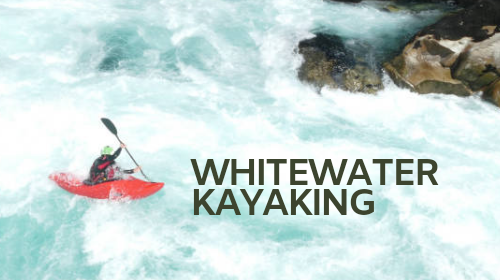
Whitewater kayaking is not just a sport; it’s an exhilarating adventure that pits human against nature’s most dynamic waterways.
Know Your Rapids: The Classifications of Whitewater
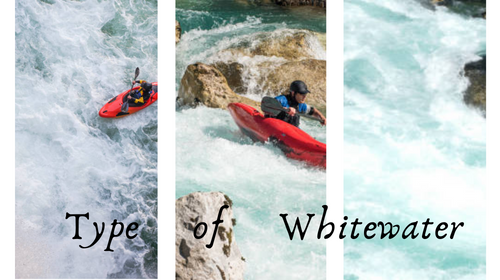
Before taking the plunge, you should become familiar with the classifications of whitewater rapids.
These are rated on a scale from I to VI based on difficulty below:
- Class I being the mildest and
- Class VI presenting the extreme challenges for experts only.
Your gear choices will vary significantly based on the classes of rapids you plan to face.
The Importance of Quality Equipment
I can’t overstress the importance of proper gear for both safety and performance on the water.
Quality equipment acts as your first line of defense against the unpredictable elements you’ll encounter.
And while whitewater kayaking equipment has evolved significantly from its origins, the fundamental needs remain the same:
- Security
- durability, and
- Suitability to the conditions.
The right vessel will not only accommodate your skill level and body size but will also be your faithful companion as you navigate through the frothy waters. So, remember, choosing intelligently means kayaking safely.
In the next section, I’ll delve into the heart of your preparation for riding the rapids: choosing the right whitewater kayak.
How To Choose The Right Whitewater Kayak
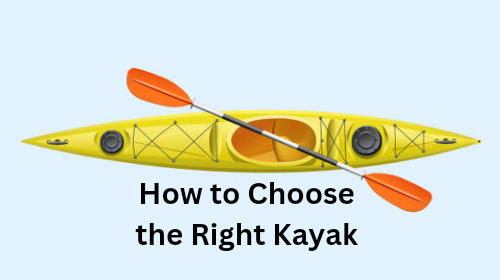
Venturing into the exhilarating world of whitewater kayaking begins with selecting the kayak that best suits your needs.
The Three Types of Whitewater Kayaks
If you’re unfamiliar with the different styles available, it’s important to understand that there are primarily three types:
- Playboats
- River runners
- Creek boats
Each one serves a purpose, depending on the rapids you’ll face and the maneuvers you wish to perform.
Playboats
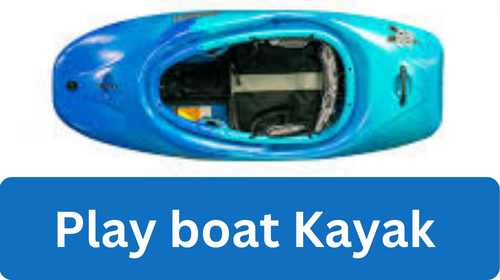
Playboats are compact and agile, designed for doing tricks and surfing waves in the same spot. They have low volume and a flat hull, which makes them easy to spin, flip, and roll.
Playboats are ideal for experienced paddlers who want to challenge themselves and have fun on the water.
However, they are not very fast or stable, and they require a lot of skill and strength to paddle.
River Runners
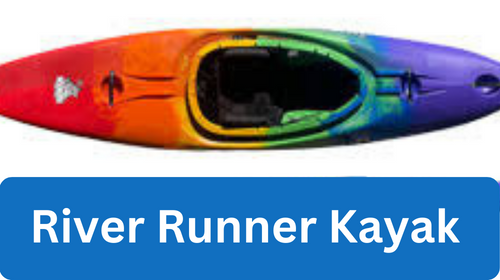
River runners, on the other hand, are longer and focus on downriver speed and smoothness, making them suitable for beginners to intermediates paddling on mainly class I to III rapids.
They have more volume and a rounded hull, which gives them more stability and buoyancy. River runners are versatile and can handle a variety of conditions, from calm to moderate whitewater. They are also easier to paddle and control than playboats.
Creek Boats
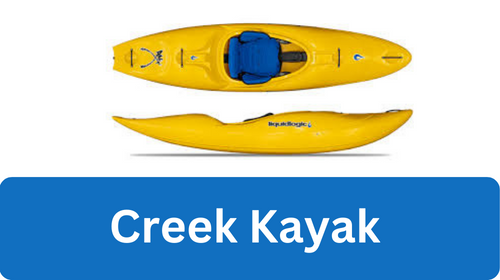
Meanwhile, creek boats boast higher volume and robust construction, allowing paddlers to tackle steep, technical rapids and waterfalls confidently.
They have a lot of rocker, which means they have a curved shape that helps them ride over obstacles and drops.
Creek boats are designed for advanced paddlers who seek adrenaline and adventure on the water. However, they are not very maneuverable or playful, and they can be heavy and expensive.
Factors to Consider When Selecting a Kayak
When selecting a kayak, besides the type, consider your skill level and body size.
A kayak that’s too small will be uncomfortable and difficult to control,
while one too large will lack the maneuverability needed for precise movements. Comfort and fit are crucial for those unexpected moments when you need to roll upright or navigate intricate passages.
Skill Level
Your skill level determines what kind of kayak you can handle and enjoy.
- If you’re a beginner, you may want to start with a river runner that offers stability and ease of use.
- If you’re an intermediate, you may want to try a playboat that allows you to experiment and improve your skills.
- If you’re an expert, you may want to go for a creek boat that challenges you and pushes your limits.
Body Size
Your body size affects how well you fit and perform in a kayak. You need to find a kayak that matches your height, weight, and leg length.
A kayak that’s too small will cramp your legs and make you feel claustrophobic, while one too large will make you feel loose and insecure.
You also need to consider the cockpit size, which determines how easy it is to get in and out of the kayak. You should be able to enter and exit the kayak smoothly and quickly, especially in case of a capsize.
Comfort and Fit
Comfort and fit are essential for a pleasant and safe kayaking experience.
You want to feel snug and secure in your kayak, but not too tight or too loose.
You should be able to adjust the seat, backrest, footrest, and thigh braces to suit your preferences and posture.
You should also wear appropriate clothing and gear that protect you from the elements and potential injuries.
A good fit within the kayak means you’re effectively part of it, allowing for more nuanced control and ultimately a more rewarding experience on the water.
Essential Features of a Quality Whitewater Kayak
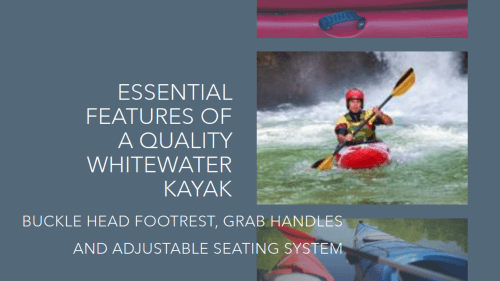
Essential features of a quality whitewater kayak include sturdy grab handles, a reliable bulkhead footrest, and an adjustable seating system.
These components contribute to both your safety and your ability to react swiftly to the dynamic whitewater environment.
Grab Handles
Grab handles are located at the front and back of the kayak, and sometimes on the sides as well. They are used to carry, lift, and transport the kayak, as well as to rescue yourself or others in case of a capsize.
Grab handles should be strong, durable, and easy to grip. They should also be securely attached to the kayak, and not interfere with the paddling motion.
Bulkhead Footrest
A bulkhead footrest is a solid wall that separates the front of the kayak from the rear storage compartment.
It serves as a support for your feet, as well as a barrier that prevents water from entering the kayak. A bulkhead footrest should be sturdy, waterproof, and adjustable to fit your leg length. It should also have enough space to accommodate your shoes and dry bags.
Adjustable Seating System
An adjustable seating system consists of:
- A Seat,
- A Backrest,
- A hip Pad
- Lumbar Support.
It allows you to customize the fit and comfort of your kayak, as well as to optimize your paddling efficiency and performance.
An adjustable seating system should be ergonomic, cushioned, and breathable. It should also be easy to adjust and lock in place, and not cause any chafing or pressure points.
Hello, this is Copilot. I’m happy to assist you with developing your subheadings. Here is a possible way to expand them:
Essential Personal Protective Equipment (PPE)
Personal protective equipment, or PPE, is a vital part of any water-related activity. Whether you are kayaking, rafting, fishing, or swimming, you need to wear the right gear to protect yourself from injuries and environmental hazards.
In this blog post, we will discuss the four main components of PPE that you should always have on when you hit the water.
1) Helmet:
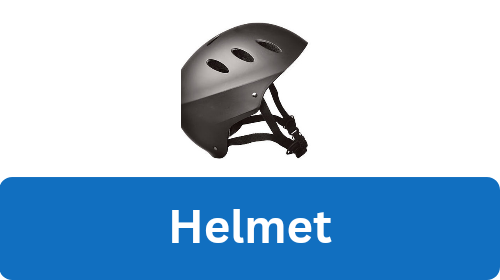
The helmet is the most important piece of PPE you can wear.
It protects your head from impact, abrasion, and penetration by rocks, branches, or other objects. A good helmet should fit snugly, cover your forehead and ears, and have a chin strap that prevents it from coming off.
You should also look for a helmet that has ventilation holes, a visor, and a bright color for visibility.
2) Life Vest
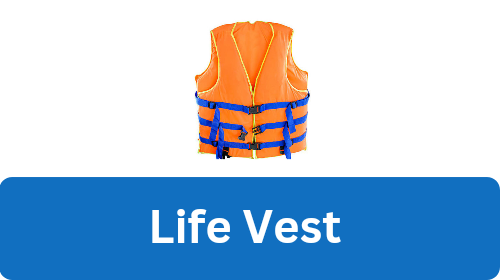
The life vest, also known as a personal flotation device or PFD, is the gear that keeps you afloat in case you fall into the water.
A life vest should be comfortable, adjustable, and easy to put on and take off.
It should also have enough buoyancy to support your weight and keep your head above water. Some life vests have additional features such as pockets, whistles, reflective tape, or rescue handles.
3) Clothing
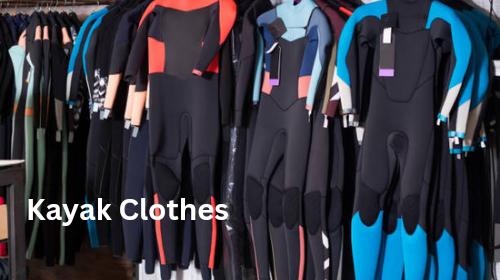
The clothing you wear under your PPE is the layer that prevents hypothermia, which is a dangerous drop in body temperature caused by exposure to cold water.
Depending on the weather and water conditions, you may need to wear different types of clothing, for example:
- For warm and sunny days, you can wear a swimsuit, shorts
- A T-shirt for colder and cloudy days
- You may need to wear a wetsuit, a dry suit, or a fleece jacket.
- You should also wear shoes that protect your feet from sharp rocks or slippery surfaces.
4) Accessories
The accessories you carry with you are the bits that heighten safety and convenience.
These include items such as:
- A Paddle
- A Rope
- A Knife
- A Flashlight
- A First Aid Kit
- A Map
- A compass
- A phone, or a Camera
You should pack these items in a waterproof bag or a dry box and attach them to your PFD or your boat. You should also check the batteries and the functionality of your accessories before you use them.
Must-Have Accessories and Final Tips
Kayaking is a wonderful way to explore the beauty of nature, enjoy some physical activity, and have some fun. However, kayaking also requires some preparation and equipment to ensure a safe and comfortable experience.
In this section, we will discuss some of the must-have accessories and final tips that every kayaker should know before hitting the water.
Whether you are a beginner or a seasoned paddler, these tips will help you make the most of your kayaking adventure.
Paddles

Paddles are one of the most important accessories for kayaking. They are your main source of propulsion and steering, as well as your way of feeling the water and adjusting to the conditions.
Choosing the right paddle for your kayak, skill level, and style of paddling can make a big difference in your performance and comfort.
Some factors to consider when selecting a paddle are the length, weight, material, shape, and angle of the blades.
Throw Rope and Rescue Kit
Kayaking can be a fun and adventurous activity, but it also comes with some risks and challenges. You never know when you might encounter a situation where you or someone else needs help.
That’s why it’s essential to have a throw rope and a rescue kit with you at all times.
A throw rope is a long, sturdy rope that you can use to reach and pull someone who is in trouble in the water.
A rescue kit is a collection of items that can help you deal with various emergencies, such as a whistle, a knife, a first aid kit, a flashlight, and a fire starter.
Waterproof Cases

If you want to bring your valuables with you on your kayaking trip, such as your phone, camera, wallet, or keys, you need to make sure they are well protected from water, sand, and impact. Waterproof cases are the best way to do that.
They are specially designed to keep your items dry and secure, even if they fall into the water or get bumped around.
Waterproof cases come in different sizes, shapes, and materials, depending on what you want to store and how you want to access it.
You can watch this VIDEO for more tips on essential gear you need before setting off on your whitewater kayaking thrill.
Stay Informed and Practice
The last but not least tip for kayaking is to stay informed and practiced. Kayaking is a skill that requires constant learning and improvement.
You should always be aware of the weather, the water conditions, the rules and regulations, and the safety precautions before you go kayaking.
You should also practice your paddling techniques, your balance, your navigation, and your rescue skills regularly. By doing so, you will not only enjoy kayaking more, but also prevent accidents and injuries.
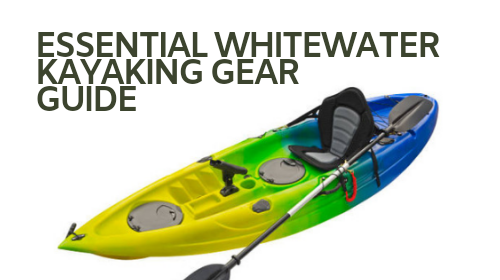
Your whitewater kayaking gear guide is incredibly informative! As someone looking to get into the sport, your breakdown of essential equipment is invaluable. I’m curious, do you have any tips for finding the right kayak paddle based on a person’s height and paddling style? Also, how crucial is proper safety gear, like helmets and PFDs, especially for beginners?
I appreciate your emphasis on quality and durability when it comes to gear selection. It’s reassuring to know that investing in reliable equipment can enhance both safety and performance on the water. Have you encountered any specific brands or models that stand out in terms of durability and functionality? I’m eager to hear about your experiences and recommendations. Thank you for sharing your expertise on this exciting sport!
Hi Pasindu,
I really appreciate your kind response to my article. Nice to know that you’re interested in whitewater kayaking, and I’m happy that you found my article helpful and informative.
Regarding the questions you asked, here are some tips on how to choose the right kayak paddle based on your height and paddling style.
Choosing the right kayak paddle is very essential because it affects:
– comfort,
– efficiency,
– and control on the water.
Some factors to consider when selecting a paddle include:
– length: the length of your paddle depends on your height and the width of your kayak
– materials: The materials affect the weight and durability of your paddle
– blade shape: The blade shape determines how much power and resistance you get with each stroke
– shaft design: The shaft design can influence your grip and wrist alignment.
To find the best paddle based on your size and paddle style, you can use online guides and charts on the website of the brand you’re buying. Specifications may vary slightly depending on the brand.
Alternatively, you can try out different paddles at a local shop or rental center.
Proper safety gear is crucial for any kayaker, including beginners who are more likely to capsize or encounter obstacles.
Safety equipment you should have before you go kayaking:
PFD: The most essential piece of safety gear is a personal flotation device (PFD), which keeps you afloat and provides extra insulation in cold water. You should always wear a PFD that fits well and is designed for kayaking.
Helmet: Another important piece of safety gear is a helmet, which protects your head from rocks and debris in whitewater conditions. You should choose a helmet that is comfortable, secure, and has adequate ventilation.
Other safety gear: You may want to include a bilge pump, a whistle, a tow bag, a first aid kit, and a spray skirt.
When it comes to gear selection, note that quality and durability are vital since they can affect your safety and performance on the water. However, there is no one-size-fits-all answer to which brands or models are the best – different kayakers may have different preferences and needs.
Some of the factors that you may want to consider when comparing gear are price, warranty, reviews, features, and compatibility. You can also ask for recommendations from other kayakers, instructors, or experts in the field.
Some of the popular and reputable brands that offer whitewater kayaking gear are Werner, NRS, Kokatat, Astral, and Dagger.
I hope this helps you get started on your whitewater kayaking adventure.
Feel free to contact me if you have any more questions or feedback. Happy paddling!
Cheers